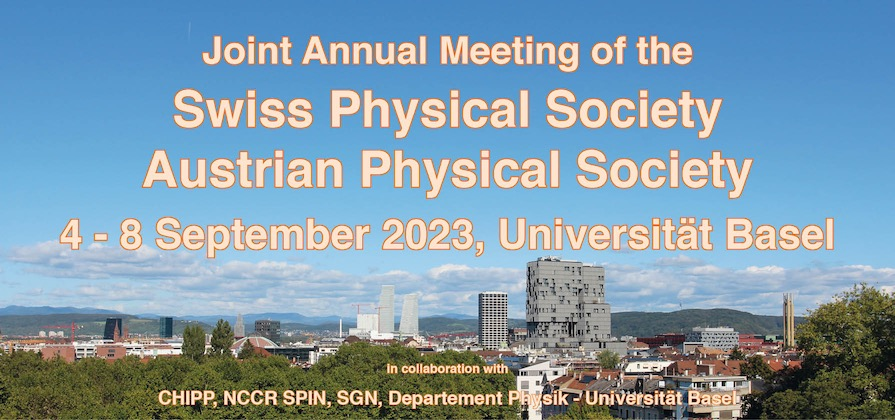Speaker
Description
The development of magnetic thin film multilayers that support skyrmions through interfacial Dzyloshinskii-Moriya interaction can benefit greatly from high-resolution magnetic imaging techniques, such as magnetic force microscopy. Achieving highest sensitivity in MFM imaging requires operating in vacuum using cantilevers with quality factors of up to 1 million. However, this requires new operation modes to achieve a reproducible tip-sample distance control when the temperature is changed, or external magnetic fields are applied. Reproducible imaging conditions are essential for differential imaging techniques that can disentangle the contrast from the stray fields arising from the micromagnetic state of the sample from other contributions, such as signals arising from van der Waals force variations from the topography, local variations in the contact potential, or magnetic fields arising from spatial variations of the sample thickness and roughness. To obtain the stray field from the measured frequency shift contrast or to test the fidelity of MFM data simulated from the stray field of candidate micromagnetic model structures, a calibration of the MFM tip response to magnetic stray fields can be performed.
